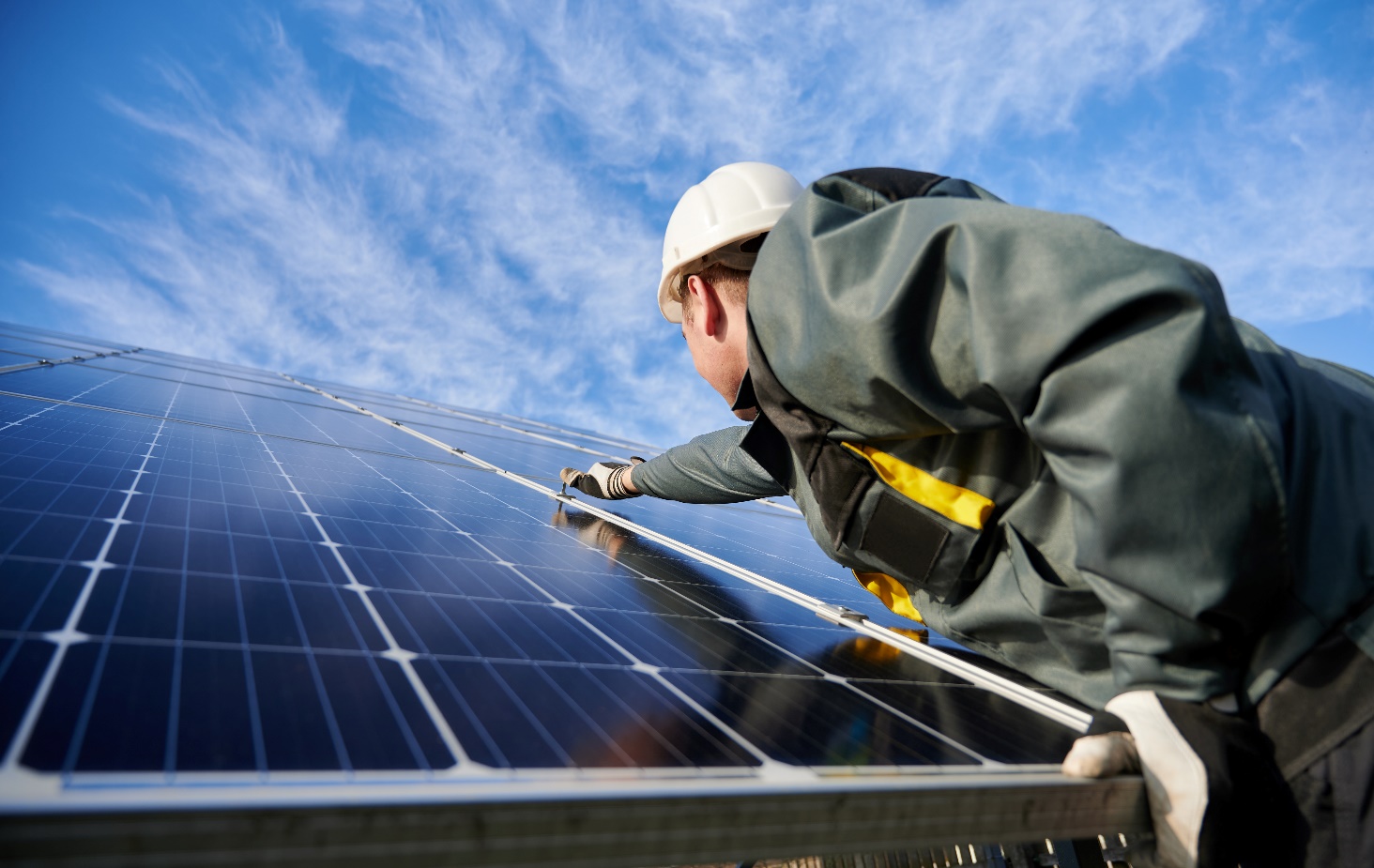There are different ways to harness solar energy, rooftop solar panels are gaining popularity, given the long-term cost saving benefits they come with. Rooftop solar installations require solar panels, inverter, AC/DC switches, electrical conduit, etc.
It is also necessary to check your roof’s life and the warranty of the solar panel you are looking to install. If the warranty of solar panels is 10 years for the solar panel and your roof’s life is 5 years, it is important to first invest in a new roof to support solar panels better.
Do you know when was the last time you had your roof checked or repaired? Well, there are some vital questions that must be addressed prior to going for rooftop solar installations. If your roof shows signs of lifting, cupping, or any other type of damage, make sure you get it repaired first before considering getting solar panels installed. It is imperative to be sure if your rooftop supports solar panels well or not.
- Take the Size of Your Rooftop in Consideration
Do you have enough space for solar panels to be placed? Typically, 1KW solar system covers 100 square feet space. Hence, you can calculate the rooftop area required by using this thumb rule. Each solar panel covers about 20 to 30 square feet depending on rating/wattage of solar panel you choose.
- Consider the Type of Roof
What is your roof made of? Is it slate, clay or shingles? It is significant to conduct a roof inspection prior to rooftop solar installations. Rooftop solar panels for homes work best with shingles as it is the easiest and most popular roof type to install solar panels.
Roofs made of slate or clay tend to break which is why it is not advisable to get solar panels installed on these types of roofs. You simply need to be extra careful when it comes to rooftop solar installations with this roof type.

- Know the Direction Your Roof is Facing
If you wish to get enough sunlight, it is vital to know the direction your roof is facing. The next step is to determine where to install solar panels to get maximum sunlight and consider the best placement for it. It is most recommended that a roof must be facing south with 180-195 degrees orientation to receive the maximum amount of sunlight for high efficiency of solar panels.
- Check for a Clear Surrounding Prior to Solar Installation
Solar panels need to be exposed to sunlight for a long time to generate power effectively. The panels must receive sunlight consistently for about 6 hours or more.
Obstructions surrounding your house and roof such as trees, tall buildings, chimneys, or dormers must be limited. Without a clear path for the right amount of sunlight to reach solar panels, the electricity production will be reduced. So, know the right time to install panels and whether your rooftop is ready for a massive change or not.
- Evaluate the Strength and Other Needs of Your Roof
Installing solar panels on the roof top means increasing the weight it is originally holding. If your rooftop is not sturdy enough to carry a solar panel’s weight, it is quite likely that the roof will collapse.
This will not only be dangerous but will also cost you more when accompanied with the cost of roof and panel repairs. If you want solar panel installations to yield the greatest benefits, it is vital to evaluate the needs and conditions of your roof. It is advised to consult skilled technicians before getting a solar panel system installed. You may contact our solar experts for site inspection and solar installation.
On a Parting Note
Making a switch to clean and renewable energy requires a high initial cost. You will need a huge amount of money if you wish to satisfy your energy needs with cleaner alternatives. Even though it requires significant initial investment, it will help you reduce costs for a long period of time.
You can invest in rooftop solar panels for homes with Luminous and make the right choice of the best rooftop solar panels in India for your roof while contributing towards a greener and sustainable future.

Leave a Reply